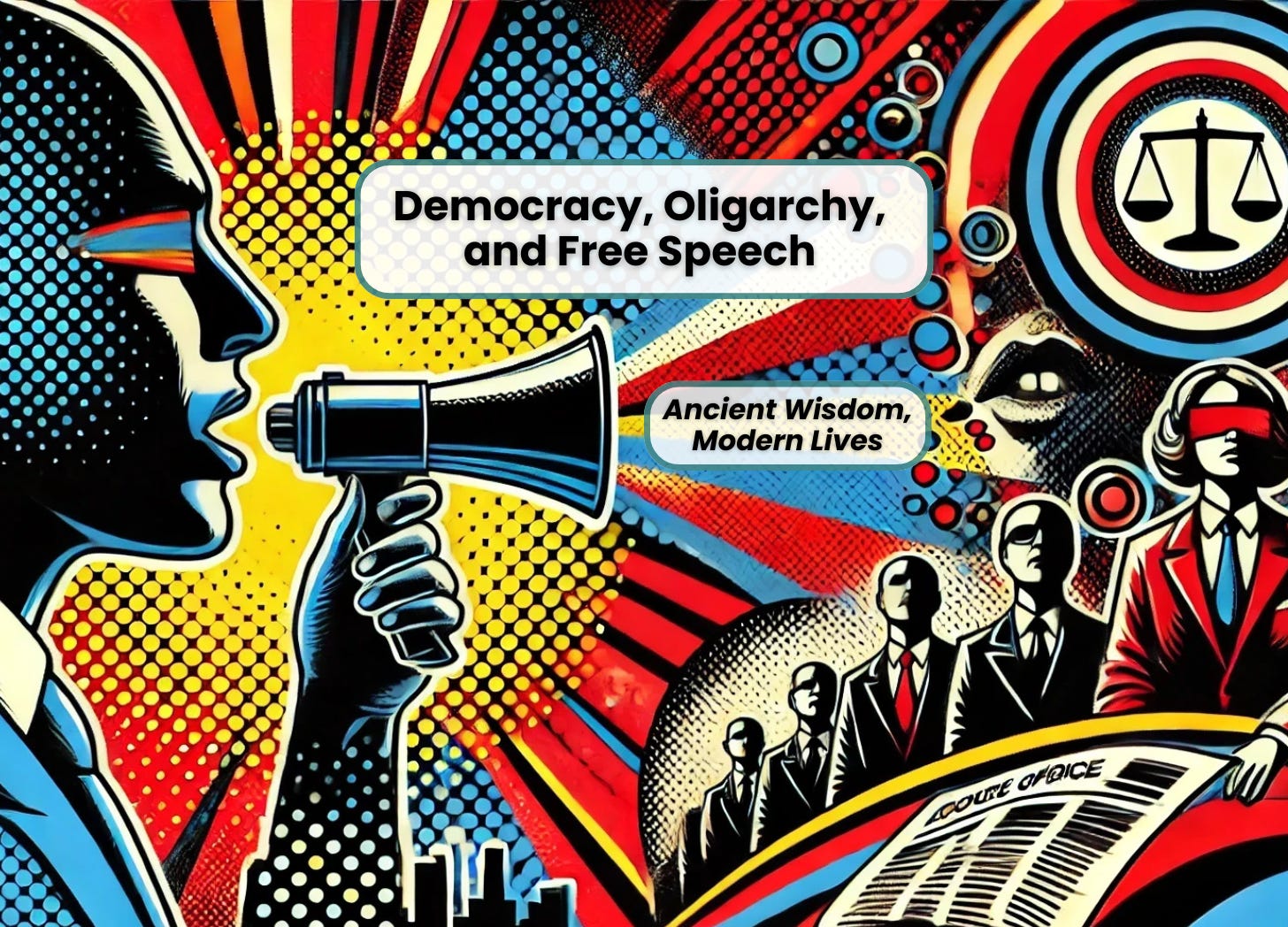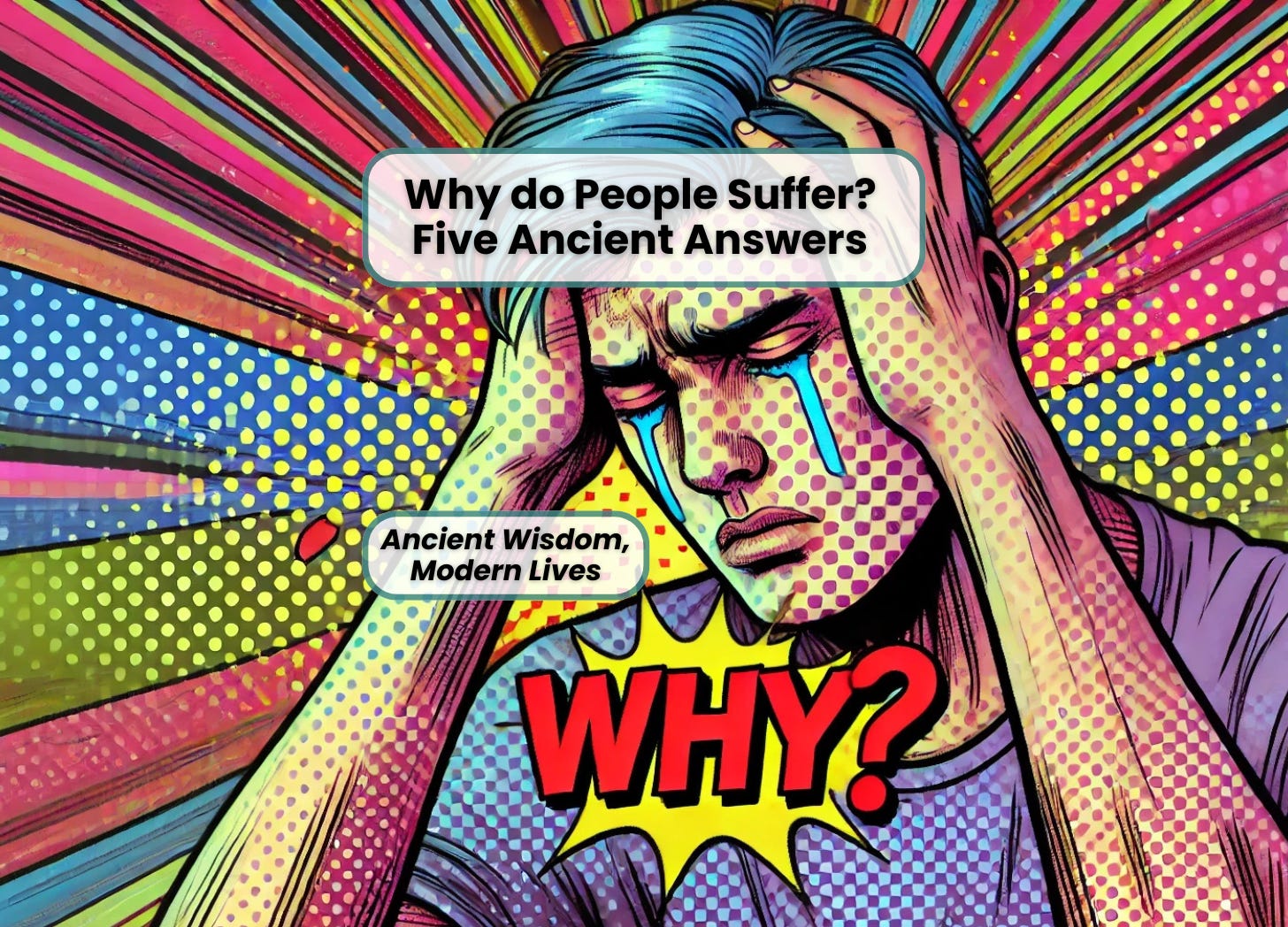On Gender Inclusivity and Gender Accuracy
Comments like, “Even if you remove the male pronouns, is the Bible not still a patriarchal text?” (from a comment on Rumblings) and observations such as those from Mark Stevens that the T-NIV has been “unfarily criticized” for its gender neutrality make it clear to me that people are using “gender inclusivity” and “gender neutrality” in at least two different ways.
When I talk about gender and translation, I mean that a translation should fairly reflect the original. When the original is gender inclusive, the translation should be, too. (I give one example of hundreds here.) If the original point was “everyone,” then translating the text as “men” (or “women”) is simply wrong, just as translating “animals” as “horses” is wrong. I don’t want to fix the text (it’s pretty good the way it is!). I want to convey it in English. While this is popularly called “gender inclusivity,” a better term is “gender accuracy.”
Another usage of “gender inclusivity” refers more generally to what we can do if we don’t like the original text, and, in particular, any gender bias we might see in it. While I have my personal opinions on the matter — most of us do — I don’t claim any particular insight into the matter. But it seems to me that we should keep separate the notions of (1) correctly rendering the text (“gender accuracy”); and (2) fixing the text when don’t like it (“gender inclusivity”). Otherwise it will be hard even to talk about either one.






3 Responses
“But it seems to me that we should keep separate the notions of (1) correctly rendering the text (”gender accuracy”); and (2) fixing the text when don’t like it (”gender inclusivity”). Otherwise it will be hard even to talk about either one.”
Easy to say. Harder to do. But clearly worth the effort.
[…] Some people were concerned about this, because they were afraid the translation committee might reverse some of the progress the TNIV made in preserving gender accuracy. […]
What shall we say about translations that break long sentences down into multiple, shorter sentences? Are the translators attempting to improve upon the original text? For simplicity, let’s assume that the translation in question is not intended for a children’s Bible, an English-as-second-language Bible, etc. Rather, it is advertised as a Bible for teaching adults in the church and serious Bible study.
If we follow the basic idea of dynamic equivalence (reproducing the reading experience of the ancient reader of the original text), then the modern reader should have to read a very long sentence and spend some time understanding the sentence structure, right? After all, that is what the ancient reader had to do.
So, translations that break down long sentences are not formal equivalence translations and they are not dynamic equivalence translations. They are “readable” translations that are developed because publishers have gauged (correctly, alas) how much effort the consumer is willing to put into reading such sentences. Are there actually any dynamic equivalence translations out there?